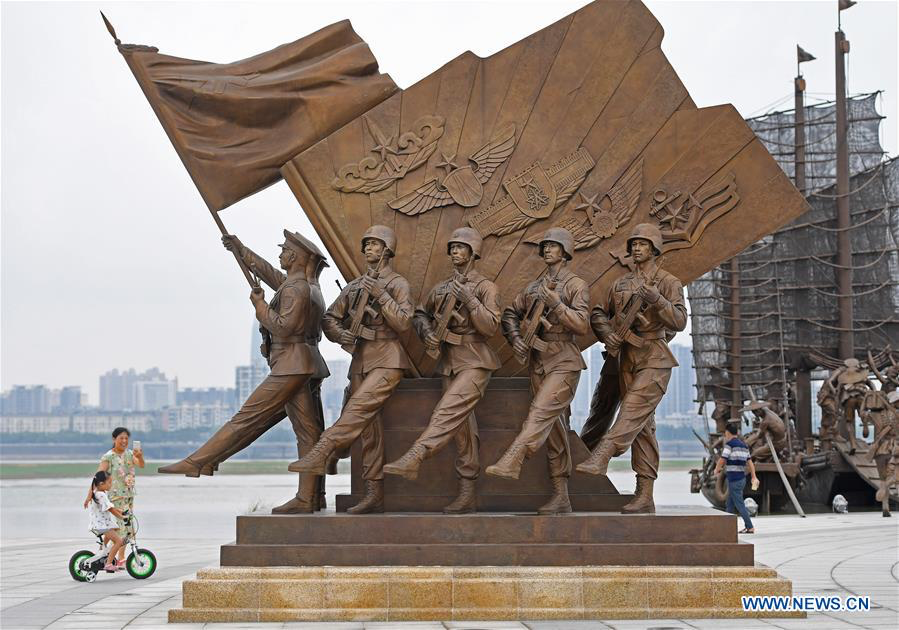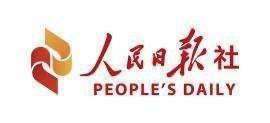By Gerald Mbanda

As the People’s Liberation Army approaches its 98th anniversary since its founding on August 1, 1927, it’s remarkable to reflect on the depth of its transformation—from a guerrilla force to a modern super power army, among the best in the world.
From the establishment of the People’s Republic in 1949, the PLA played a key role in unifying China by decisively eliminating Kuomintang forces. Soon after, its participation in the Korean War (1950–1953) marked China’s first major overseas military engagement, with thousands of PLA personnel demonstrating their willingness to sacrifice in support of collective defense. The early post-liberation period also saw the PLA build a strong institutional foundation, creating the Air Force, Navy, artillery and engineering corps.
The 1980s marked a shift—from a massive force designed for continental defense to a more streamlined and techfocused military. Troop levels were reduced from roughly four million to about 2.3 million, and reform of outdated military regions began. This set the stage for improving efficiency and combat readiness. By the 1990s, the PLA was conducting largescale joint exercises, testing its ground, air, and naval capabilities in coordinated drills.
Under President Xi Jinping, beginning in 2012, the PLA has undergone sweeping modernization aimed at crafting a sophisticated, integrated, and legally grounded army. Command structures were overhauled to create five jointtheatre commands; the Rocket Force and Strategic Support Force were established; approximately 300,000 personnel were restructured into brigades focused on digital warfare, rapid deployment, and logistical support; and comprehensive defense laws were enacted to bolster institutional governance.
The PLA’s hardware evolution has been equally striking. On land, it now operates advanced tanks such as the Type 99A and Type 15 light tanks, complemented by an expanded army aviation force featuring over 1,700 helicopters, including more than 700 attack helicopters. Its air force boasts new-generation jets—the J20 stealth fighter, J16 multirole aircraft, and J35—signaling an important transition toward fifth-generation aircraft and improved pilot training.
Maritime power has surged. The PLA Navy now includes two aircraft carriers, modern destroyers, amphibious assault ships, and a robust submarine fleet. Regular drills in the Western Pacific and Taiwan Strait help maintain readiness and demonstrate power projection. Meanwhile, the Rocket Force fields mobile intercontinental ballistic missiles, hypersonic DF17 missiles, and highly capable conventional systems, further strengthening strategic deterrence.
In space, cyber, and electronic warfare, the Strategic Support Force leads China’s efforts to integrate new domains of warfare. New satellites, advanced EW systems, and cyber units reflect a rapidly evolving battlefield.
The PLA has also expanded its global presence and humanitarian footprint. It contributes more UN peacekeepers than any other permanent member of the Security Council, regularly sent troops to some 25 UN missions (totaling nearly 50,000 personnel). Its navy leads antipiracy patrols—completing over 40 escort missions in the Gulf of Aden—and its rapidresponse units have provided disaster relief following earthquakes, typhoons, and other crises in countries across Asia and beyond.
On the noncombat front, the PLA has excelled in military sports. Its athletes have dominated World Military Games, earning multiple consecutive championships in events like the Military Pentathlon.
As the centenary of the PLA approaches in 2027, a clear modernization blueprint has emerged, aiming to complete a transformation into a worldclass military by midcentury. Under President Xi, advanced technology, battlefield readiness and talent cultivation have taken Centre stage in modernizing the PLA.
At 98 years old, the PLA exhibits unmatched progress: from revolutionary beginnings to a modern institution equipped with nuclear arsenals, aircraft carriers, space and cyber capabilities, and active global engagement. It has forged a path of rapid evolution, yet recognizes that continued internal reform is essential for sustained advancement.
Approaching its 100th anniversary, the PLA stands on the cusp of fulfilling its vision—melding tradition with innovation, national defense with international responsibility. As it steps into this milestone, it reaffirms its role as the guardian of China’s sovereignty and a formidable actor on the global stage.
The author is a researcher and publisher on China-Africa cooperation
 Africa -China Review Africa -China Cooperation and Transformation
Africa -China Review Africa -China Cooperation and Transformation
